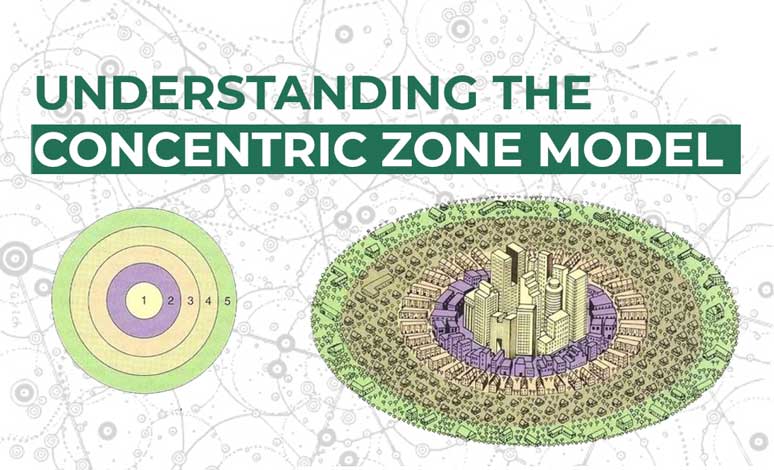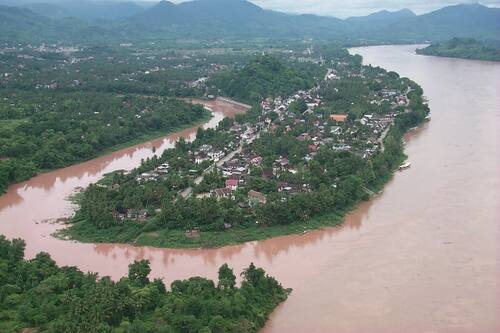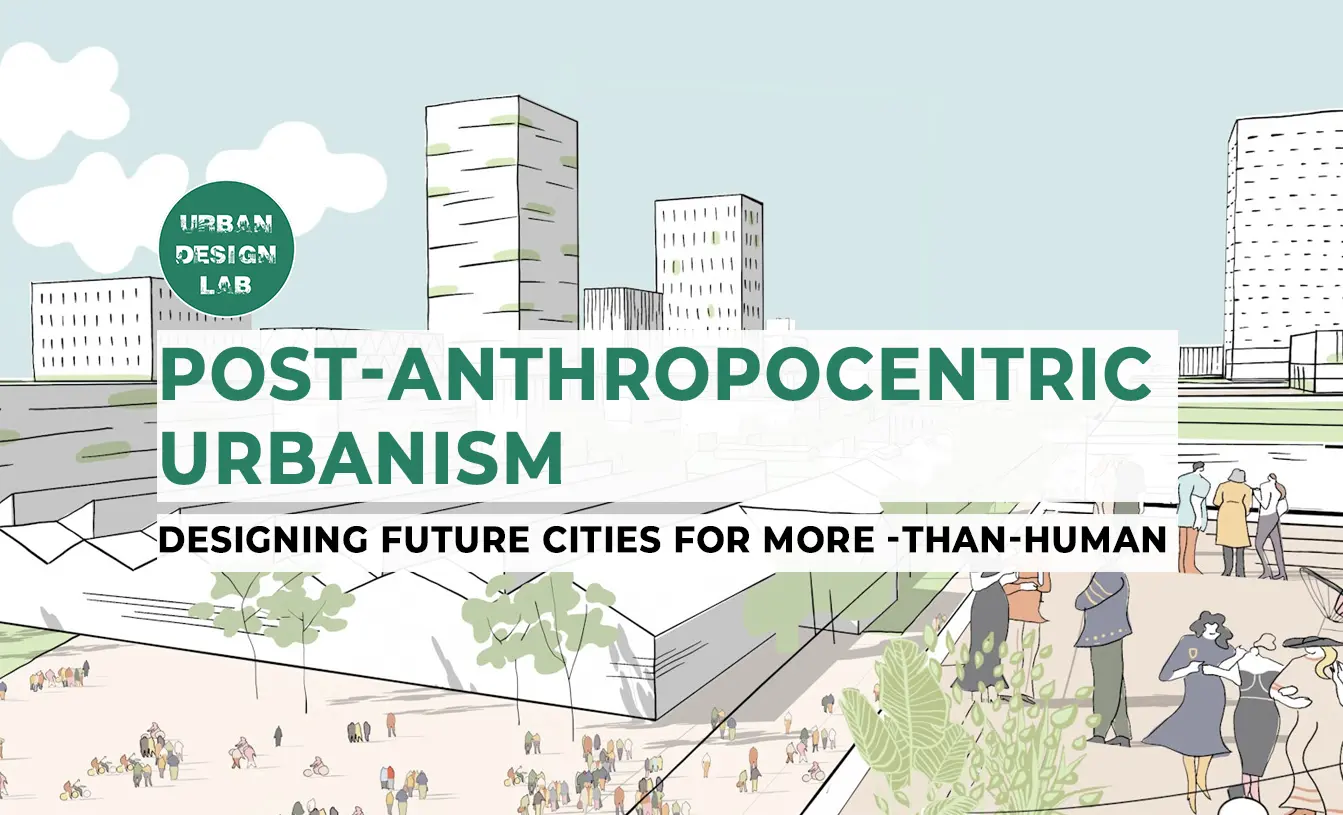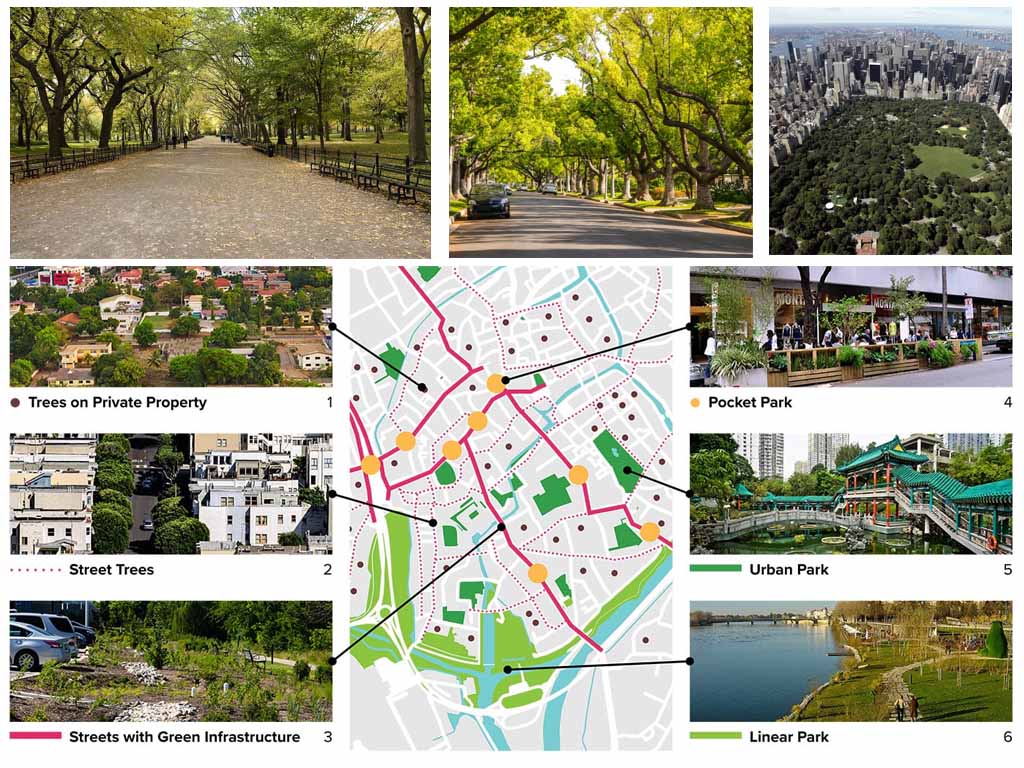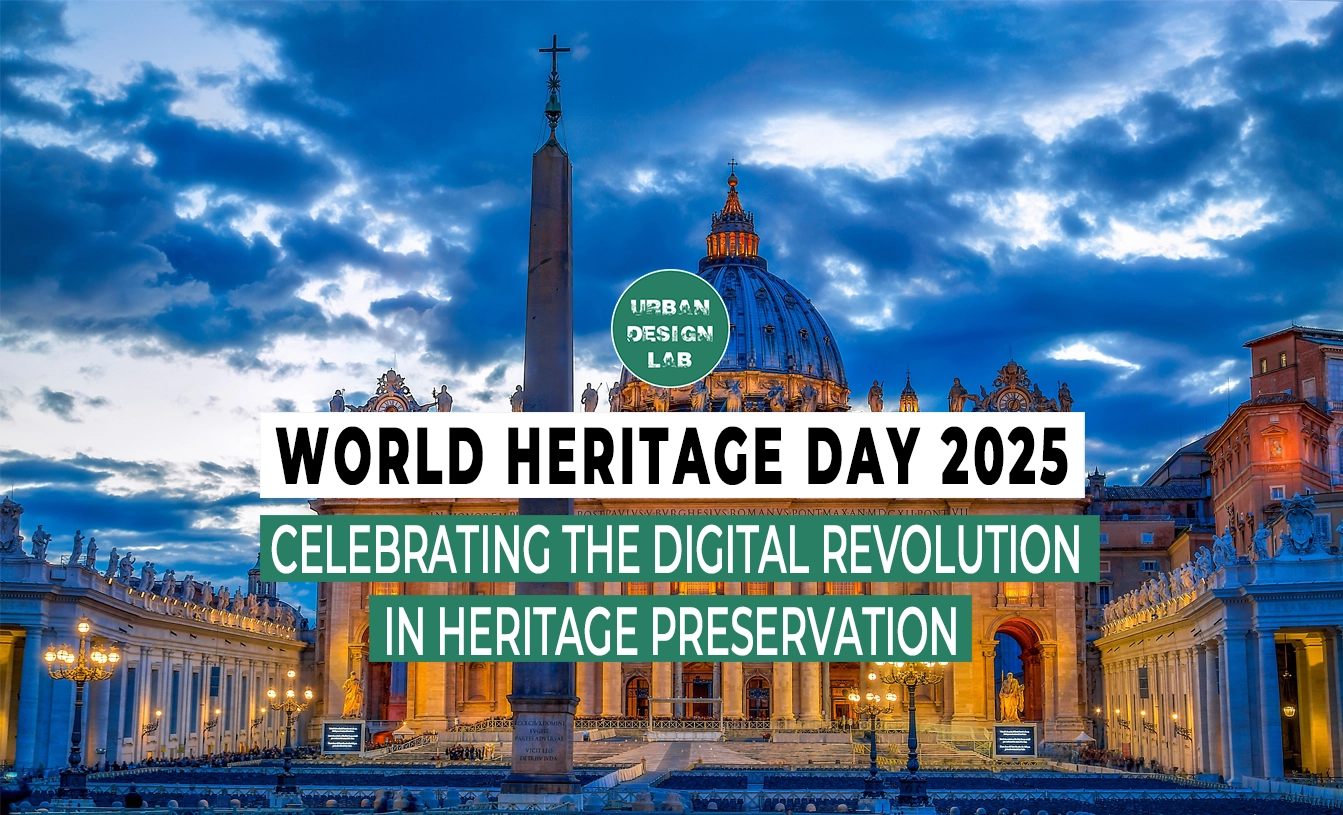
10 ways to identify Socio-Ecological Heritage in India

Does the word ‘Heritage’ mainly remind you of buildings?
Modern neglect for our relationship with nature
Usually in the current zeitgeist, people visualize old buildings, preserved by the government, where people visit and admire the artifacts and architecture and learn about history, to be ‘heritage’.
But heritage can be natural too. When people living within an environment use their creativity to yield positive benefits, and do it for many years, the result is an environmental heritage. And moreso, the human practices intertwined with these environmental systems create our traditional customs and rituals, these as a whole, form the socio-ecological systems of our society. These practices, specifically in India have been safeguarded through alignment with socio-religious norms, rural and urban setting alike. These systems with time have become ingrained in the social customs, thus making them an integral part of the Indian society’s heritage.
Forms of socio-ecological heritage
According to the philosopher David Chalmers, “The metaverse is no longer a single virtual world or even a cluster of virtual worlds. It’s the entire system of virtual and augmented worlds.” Creating the metaverse requires connecting these virtual worlds in a meaningful way. “Community becomes really important for building meaningful social worlds, actually building communities where people feel invested like they are building something here,” says Chalmers.
1. Can be water systems
For many human populations around the world, river flows are linked to livelihood, identity, sense of place, religious beliefs and ceremonies, language systems, or educational practices. These embedded, reciprocal, and constitutive relationships between humans and rivers remain poorly understood, but can be critically important to assessment and implementation of environmental flows.
Praying to Ancestors
Playing through generations
Fishing communities of Kerala organize an annual festival to celebrate their relationship with the backwaters. Here, there are boat races held which involve collective effort and synchronization to win the race and earn respect in the community. this tradition is around 400 years old.
Performing the last rites
As there is life and its other aspects celebrated in Ganga river, the end of life is also kind of a celebration or a ritualistic program at Ganga ghat in Allahabad. As, the ghats are considered to be a confluence of three rivers and are very holy, the person or the devotee urges his/her family to do the last rites of them on the banks (Ghats) of Ganga river. The scenario is bizarre as the whole night the dead bodies are burnt on the ghat and the next day the ashes are offered to Goddess Ganga to remove all the sins committed by the dead person.
2. Can involve fishing
Riverine Fishing communities
The life of the fisherfolk is centered around the fishing seasons, the fish they catch and the technology they use. Fishermen are deeply religious and they fully depend on the sea and the other natural forces that control it. The fisherfolk thus have different rituals to please the forces of nature.
Fishing communities at the coast
The seawater is considered holy and sacred and is used in many rituals. It is used to ward off the shadow of evil, it is also used for rituals related to birth, death, sickness. For example, during the lean seasons, when the fish are scanty, the Christian Mukkuvas from the south of Kerala invite the parish priest to sprinkle water on the sea, believing that this will lead to an increase in the quantity of fish (Samuel, John 1998; Ram, 1991).
3. Can be wetlands
Deepor Beel (wetlands) wildlife sanctuary
Such as in the case of Deepor Beel (wetland) situated in Guwahati, the single Ramsar site in the northeastern part of India, there are communities called the ‘Kewat’ (Keot in Assamese), a fishing community of more than 820 families from Keotpara in Azara. They are completely dependent on the Deepor Beel for their sustenance. The Beel gives them food and the people look after her with sincere devotion.
East Kolkata Wetlands
The wetlands serve two functions that at first glance seem contradictory: they are the city’s free sewage works and they are also a fertile aquatic market garden. As well as fish, wastewater is used in paddy fields and vegetables are grown on the verdant banks and on a long, low hill created by Kolkata’s organic waste. The wetlands produce 10,000 tonnes of fish each year and the wetland “garbage farms” provide 40 to 50% of the green vegetables available on Kolkata’s markets. This food is fresh and cheap because there are almost no transport costs when it is brought by bicycle from these gardens so close to the center. “I describe this as an ecologically subsidized city,” said Late ecologist Dhrubajyoti Ghosh [1947 – 2018].
4. Can be forests
Sacred groves (Kavus) are patches of forests or natural vegetation that are usually dedicated to local folk deities and protected by local communities or Families because of their religious beliefs and traditional rituals that run through several generations. Kavus of north kerala are mainly “Theyya kavu” belonging to the mother-goddess in many cases. These kavus are very much associated with theyyam Festivals.
5. Can be grasslands
Rangelands of the Himalayas are a global biodiversity hotspot and provide a myriad of ecosystem services from carbon sequestration and water storage to maintaining biodiversity and providing livelihoods to pastoral communities. For millennia, pastoralists have been inhabiting rangelands and these socio-ecological systems have coevolved. While the rangelands of Sikkim—one of the most biodiverse regions of the world
6. Can involve agriculture & husbandry of animals
Baisakhi, Punjabi Thanksgiving
The lush greenery of the states of Punjab and Haryana is particularly inviting during the month of April, when the festival of Baisakhi is round the corner. This harvest festival is celebrated with much fervor and enthusiasm, to enjoy the fruits of the labor of the previous season and to pray for abundant crops in the future. It is also a day to show gratitude to nature and the local deities for blessing the earth with fertility. Here are some of the fascinating aspects of Baisakhi that make it a one of a kind, offbeat experience.
7. Can involve farming other than agriculture
Ancient honey hunting practice
The Gurung tribesmen of Nepal are master honey hunters, risking their lives collecting honeycomb in the foothills of the Himalayas, using nothing more than handmade rope ladders and long sticks known as tangos. Most of the honey bees’ nests are located on steep inaccessible, south-west facing cliffs to avoid predators and for increased exposure to direct sunlight.
Traditional Assamese sericulture
The cultivation and weaving of wild silk are rooted in the life and culture of the people of North East India, especially in the state of Assam in India. From the various types of silk of Assam, the rather unknown eri silk is particularly fascinating, as it is processed without killing the silkworm. Commonly silk cocoons are boiled with the worm inside to maintain one continuous filament, which results in a smooth and shiny fabric. Interestingly the eri silkworm spins short segments of a filament and creates a cocoon that is open at one end, enabling the moth to emerge. This peace silk is, therefore, a very popular fiber among vegans and Buddhists.
8. Can involve deserts
Desert ecosystems have been a home to a number of communities in India. Especially, who have developed folk dances and songs to depict scenes and demonstrate the sounds of desert to the rest of the world, as the area around Rajasthan is always packed with tourists and visitors alike.
9. Can be saltpans
The Rann of Kutch is a seasonal salt marsh located in the Thar desert just 10km from the Arabian Sea in India’s Gujarat district. This is the land of the Agariya people, who have lived here for centuries, knowing only one means of livelihood – salt production. Kutch produces 76 percent of India’s total salt production.
10. Can be caves
Considered to be the fourth longest cave in the Indian subcontinent, the Krem Mawmluh Cave is definitely for adventure seekers. The cave is located about half a kilometer to the west of Cherrapunjee, and is popular among tourists. Here, a rich biodiversity coexists of which the indeginous communities protect and pray to.
Conclusion
It is alarming to observe a number of socio-ecological heritage systems becoming endangered ecological systems. If we need to pass these traditional knowledge systems from us to our next generation, we can do that by first safeguarding the mentioned heritage. The main issue in all the areas is the recent boom in urbanization, subjecting these sites to immense developmental pressure of transforming into token ‘natural’ sites of importance. The concept of the need for conservation of these socio-ecological heritage systems will have to be made urgent. Preserving and updating the mentioned practices will involve acknowledging these assemblies as heritage. It will include linking education with the said livelihood and cultural practices. Spatial protection of these places with the boundaries of influence really need to be clearly defined, so that the related practices will take care of themselves.
About the Author
Anubhav Borgohain is an architect/urban designer working in the field of urban research, specializing in resilience urbanism. He has recently worked on the ‘Rising water, Safer Shores, the BReUCom project with the Faculty of Geo-Information Science and Earth Observation- ITC University of Twente, focusing on dissemination of urban flooding preparedness through game development. Apart from research, his other interests lie in digital art making, bird-watching and farming.
Related articles


Architecture Professional Degree Delisting: Explained

Periodic Table for Urban Design and Planning Elements


History of Urban Planning in India
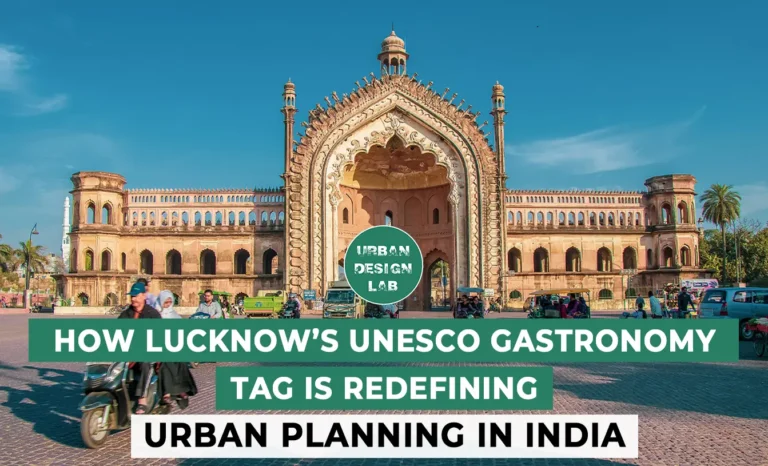
UDL Illustrator
Masterclass
Visualising Urban and Architecture Diagrams
Session Dates
17th-18th January 2026

Urban Design Lab
Be the part of our Network
Stay updated on workshops, design tools, and calls for collaboration
Curating the best graduate thesis project globally!

Free E-Book
From thesis to Portfolio
A Guide to Convert Academic Work into a Professional Portfolio”
Recent Posts
- Article Posted:
- Article Posted:
- Article Posted:
- Article Posted:
- Article Posted:
- Article Posted:
- Article Posted:
- Article Posted:
- Article Posted:
- Article Posted:
- Article Posted:
Sign up for our Newsletter
“Let’s explore the new avenues of Urban environment together “















































